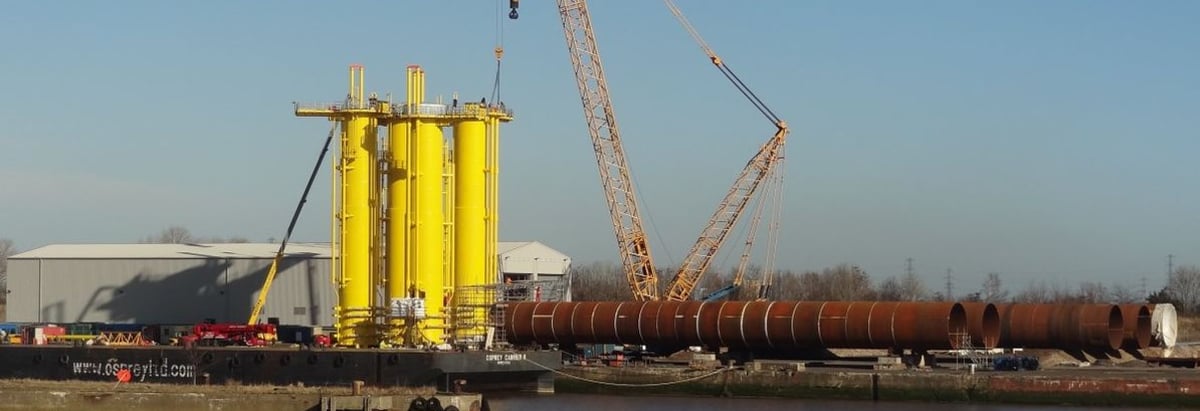Stock Analysis
- United States
- /
- Energy Services
- /
- NYSE:HAL
Not Many Are Piling Into Halliburton Company (NYSE:HAL) Just Yet

When close to half the companies in the United States have price-to-earnings ratios (or "P/E's") above 19x, you may consider Halliburton Company (NYSE:HAL) as an attractive investment with its 10.4x P/E ratio. However, the P/E might be low for a reason and it requires further investigation to determine if it's justified.
With its earnings growth in positive territory compared to the declining earnings of most other companies, Halliburton has been doing quite well of late. It might be that many expect the strong earnings performance to degrade substantially, possibly more than the market, which has repressed the P/E. If you like the company, you'd be hoping this isn't the case so that you could potentially pick up some stock while it's out of favour.
Check out our latest analysis for Halliburton
How Is Halliburton's Growth Trending?
The only time you'd be truly comfortable seeing a P/E as low as Halliburton's is when the company's growth is on track to lag the market.
Taking a look back first, we see that the company managed to grow earnings per share by a handy 11% last year. This was backed up an excellent period prior to see EPS up by 1,765% in total over the last three years. Therefore, it's fair to say the earnings growth recently has been superb for the company.
Shifting to the future, estimates from the analysts covering the company suggest earnings should grow by 9.5% per annum over the next three years. With the market predicted to deliver 10% growth each year, the company is positioned for a comparable earnings result.
With this information, we find it odd that Halliburton is trading at a P/E lower than the market. It may be that most investors are not convinced the company can achieve future growth expectations.
The Final Word
While the price-to-earnings ratio shouldn't be the defining factor in whether you buy a stock or not, it's quite a capable barometer of earnings expectations.
We've established that Halliburton currently trades on a lower than expected P/E since its forecast growth is in line with the wider market. When we see an average earnings outlook with market-like growth, we assume potential risks are what might be placing pressure on the P/E ratio. At least the risk of a price drop looks to be subdued, but investors seem to think future earnings could see some volatility.
We don't want to rain on the parade too much, but we did also find 2 warning signs for Halliburton that you need to be mindful of.
If these risks are making you reconsider your opinion on Halliburton, explore our interactive list of high quality stocks to get an idea of what else is out there.
Valuation is complex, but we're here to simplify it.
Discover if Halliburton might be undervalued or overvalued with our detailed analysis, featuring fair value estimates, potential risks, dividends, insider trades, and its financial condition.
Access Free AnalysisHave feedback on this article? Concerned about the content? Get in touch with us directly. Alternatively, email editorial-team (at) simplywallst.com.
This article by Simply Wall St is general in nature. We provide commentary based on historical data and analyst forecasts only using an unbiased methodology and our articles are not intended to be financial advice. It does not constitute a recommendation to buy or sell any stock, and does not take account of your objectives, or your financial situation. We aim to bring you long-term focused analysis driven by fundamental data. Note that our analysis may not factor in the latest price-sensitive company announcements or qualitative material. Simply Wall St has no position in any stocks mentioned.
About NYSE:HAL
Halliburton
Provides products and services to the energy industry worldwide.


